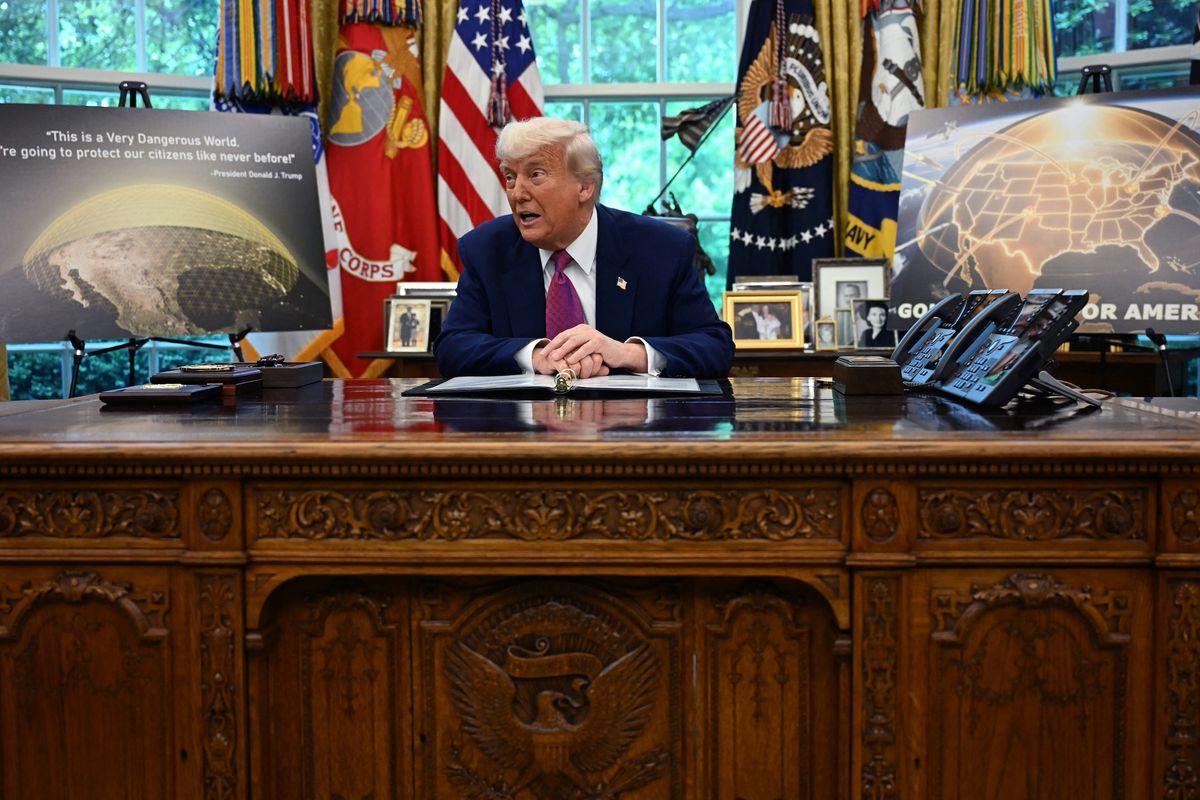Bottom Line Up Front
- On January 02, China announced that it had become the first nation to land a rover on the dark side of the moon.
- Access to a significant supply of rare mineral resources could provide a boon to China’s research and development programs.
- For China’s President Xi Jinping, the space mission is a power-solidifying tool.
- The importance of space exploration is difficult to overstate and has significant ramifications for global security.
The first two days of 2019 ushered in two enormous accomplishments in the exploration of space, fifty years after the first humans landed on the moon. In 1969, the ‘Space Race’ was a competition between the Soviet Union and the U.S. In 2019, there is less of a nationalist element to the race, but still a competition of sorts, this time between the U.S. and China. The benefits of space exploration extend far beyond gains in scientific knowledge about our universe and its past; microsatellites, faster and more secure communications, widespread internet availability, advancements in travel and the potential for immense mineral resources are just some of the benefits arising from sustained space exploration.
On January 02, the China National Space Administration (CNSA) announced that it had successfully ‘soft-landed' a rover, the Chang’e-4, on the dark side of the moon, the half that faces away from Earth. This is the first time any human craft has landed on that side of the moon and the second time the Chinese have landed a rover on the moon's surface. In 2013, China landed the Chang’e-3 rover and became the third country, after the U.S and Russia, to have accomplished a soft-landing, as opposed to a hard landing in which a probe is sent at high speed into the surface. Soft-landings are far more difficult, as they require the manipulation of rockets and guidance systems. On January 03, China released images taken by the Chang’e-4, the first of many forthcoming photos from this critical scientific mission.
It is more than science that is driving China’s push into space. The Chang’e-4 is the latest accomplishment in China’s intensive space exploration campaign, which maintains a stated goal of establishing and operating its third space station by 2022 and putting Chinese astronauts on the moon before 2030. The Chinese are interested in the potential for immense mineral deposits on the moon and are positioning themselves to exploit those mineral deposits. Having a new and massive supply of rare mineral resources could provide a boon to China’s research and development programs, while also providing a public relations boost to the reputation of the Chinese Communist Party (CCP).
For China’s President Xi Jinping, the space mission is a power-solidifying tool. China’s domestic population has taken an increasing interest in the country’s advances in space exploration, and it would be considered an embarrassing setback for Xi and the CCP if expected advances fell short. At the CCP Congress last year, most of the media attention was devoted to Xi’s removal of term limits. Less noticed was that he invited many space scientists to attend and, to the surprise of many China watchers, promoted prominent space scientists Ma Xingrui and Yuan Jiajun, as governors of Guandong and Zhejian provinces, respectively. The mission is considered so important that China recently reassigned former managers from the CNSA to the private sector to manage the rocket industry. This ensures cohesion and continuity between the private space sector, CNSA, and the CCP. China’s space strategy, like its exploration of the Arctic, is ambitious and faces numerous hurdles. Still, it sends the message that China is aiming to be at the forefront of technological development over the next decade and space exploration fits within China’s broader ambitions in science and technology.
The U.S. has also announced ‘Space Force,' a new branch of the military, though the details of this new military branch are lacking. In turn, the Chinese are committed to increasing their capabilities in space and will likely possess operational anti-satellite weapons within the next few years. The coming decade will likely be the most productive ever concerning space exploration, with China and the U.S. seeking to push the boundaries of human knowledge of the universe and advancements in emerging technologies. These developments take place within the broader context of military and economic competition between Washington and Beijing—a critical component which will play out in space.













